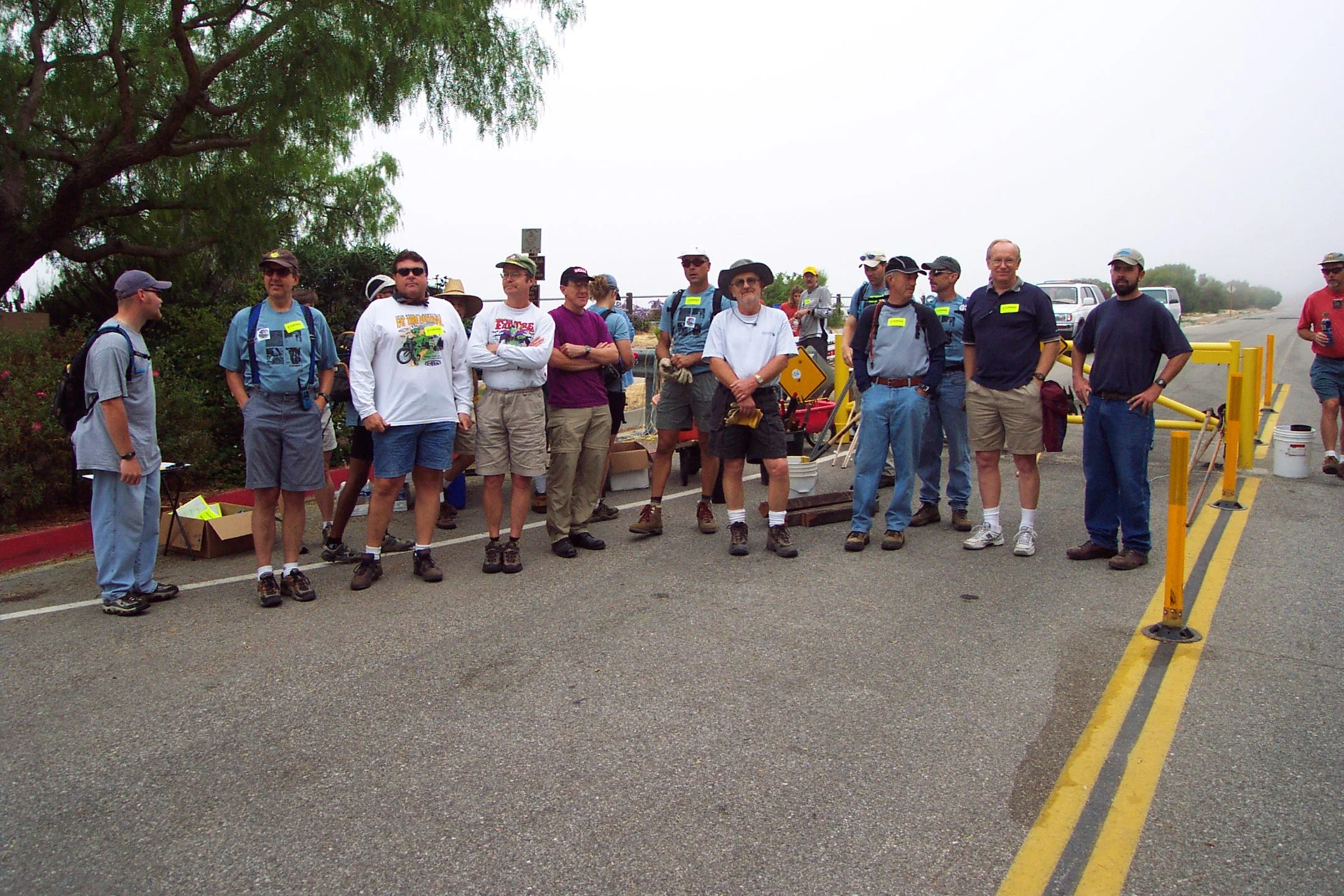LA’s Own Marineland Podcast Episode 12: “Marineland’s Legacy” By Writer and Podcaster Tod Perry
The following is the 12th article in a 12-part series covering “LA’s Own Marineland,” a podcast documentary on the history of the oceanarium produced, written, and hosted by writer-podcaster Tod Perry. The first article in the series, “The Birth of Marineland,” which takes a behind-the-scenes look at the show’s genesis and production, can be read here.
In the twelfth and final episode of “LA’s Own Marineland,” we look at the park’s legacy and follow up on the lives of the animals that were transferred to other parks after Marineland's closure. Finally, we’ll get the last word on Marineland from those who know it best and loved it most, Marinelanders themselves.
Two years after Corky the killer whale was transferred from Marineland to SeaWorld San Diego, she was involved in one of the most tragic events to ever happen at a marine park. Corky was performing before thousands in the main killer whale show pool when, out of nowhere, Kandu swam out of the back holding pool and rammed into her full speed with her mouth open and then careened into a wall. The impact led to a fractured upper jaw, causing hemorrhaging of major arteries in Kandu’s nasal passages.
After 45 minutes of struggling, Kandu sank to the bottom of the tank and died. Orkid, Kandu’s calf sired by Corky’s tankmate at Marineland, Orky, was handed off to her new caretaker, Corky.
On Wednesday, March 8, 1995, over eight years after Marineland’s closure, real estate investor Jim York purchased the 102-acre property at an auction after its former owner, James G. Monaghan, declared bankruptcy. Monaghan owned the property for eight years with nothing to show but a ghost town. York, who lives in Rolling Hills estates, planned to build a 450-room hotel and oceanfront golf course on the property.
On Monday, June 6, 1995, the 244-foot-tall Sky Tower that proudly stood near the entrance of Marineland and gave hundreds of thousands of people awe-inspiring views of the Pacific Ocean and surrounding area, was dismantled.
On Thursday, June 9, 2016, Bubbles the pilot whale, who lived at Marineland from 1966 to 1987, died at the Dolphin Stadium in SeaWorld San Diego. At the time, Bubbles was the oldest pilot whale in captivity and performed right up to the day she died in the “Dolphin Days” show. SeaWorld estimates she had performed for over 100 million people in her lifetime.
Thirty-five years after Marineland closed, it’s believed that just about all of its animals have passed away. The only animals still alive are a few flamingos at SeaWorld and, of course, Corky the orca.
At 57 years old, Corky is still a major part of the killer whale presentations at SeaWorld. To see how she’s doing, I checked in with Nicole Schriber, a marine biology student focusing on killer whale research and education who primarily works with orca populations on the coast of southcentral Alaska. She has close ties with the trainers at SeaWorld San Diego.
"She's doing very well, as far as I know, I'm not privy to all the vet information, but from what I see she has all her energy,” Schriber told the podcast. “She eats well and she's the highest-flying senior citizen I know, I'll tell you that. She is always enthusiastic and ready to go. So, despite being an old lady, she's really really good for her age."
In June 2009, 22 and a half years after Marineland was closed, Jim York's resort, Terranea finally opened on the former Marineland property. It's a nearly $500 million, 582-room full-service hotel with a 9-hole golf course, 135,000 sq. ft of conference space, and facilities adequate to hold five weddings, simultaneously.
We wrapped up the podcast by asking Marinelanders their final thoughts on what made the park so special.
"I've worked in several other facilities since that time and I'm so privileged to have had the opportunity not only to work at Marineland but to start there because it really set my expectations really high. We were small, we were like a family," former marine mammal trainer Gail Laule told the podcast. "It was a really special place and that's why people still think about it and want to talk about it and want to understand it. I think it was a real tragedy that Marineland disappeared.”
It’s been said that the Pacific has a long memory. The water at its greatest depths has been around since the time of Charlemagne. I’d like to hope that on a warm summer’s evening, around sunset, some of those moments blown out to sea on the ocean breeze decades ago find their way back home. And if you stand on the cliffs of Terranea, close your eyes, and listen closely, you can hear the laughter of children, the mischievous bark of sea lions, and the joyous squeaks of killer whales wafting through the salty sea air.
Those are the sounds of LA’s Own Marineland.
Subscribe to “LA’s Own Marineland" on the following platforms: Apple Podcasts, Google Podcasts, Spotify, Amazon Podcasts, or Pandora. Learn more about the show at MarinelandPodcast.com.
Tod Perry Bio
Tod Perry is a staff writer for Upworthy, one of the most popular trending content publishers online. He's also hosted and produced numerous podcasts including "Upworthy Weekly," "Low Budget FM," “PR 360,” and "What's This Tao All About?" Tod lives in Long Beach, California with his wife and child and in his spare time enjoys writing songs, rooting for the Las Vegas Raiders, and perfecting his Bolognese sauce. You can follow him on Twitter @TodAPerry.








